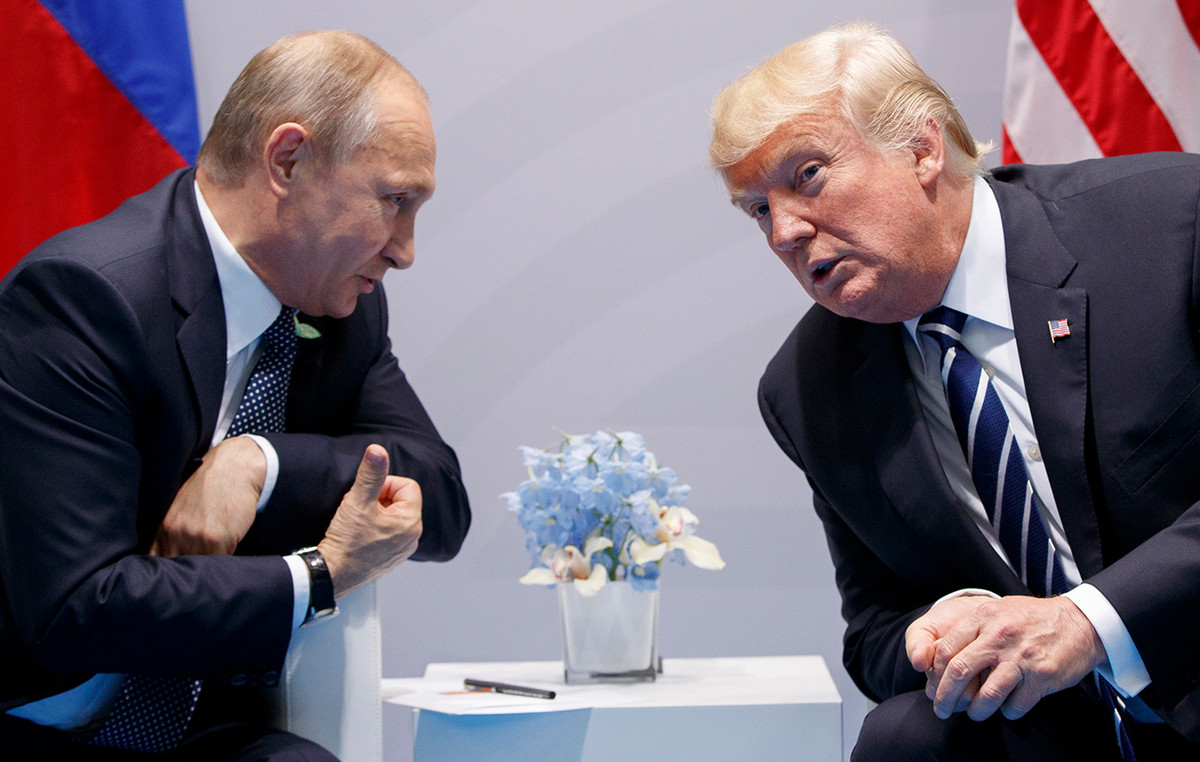- EUR/USD reaches a 6-and-a-half-week high at 1.1003.
- European shares have opened on the defensive today Thursday.
- The second day of Powell’s testimony should keep the tone hard-line.
- The USD (DXY) index falls to 101.95.
EUR/USD has extended its rebound since the European open on Thursday, rising close to 25 pips from the 1.0979 zone, a daily low, to hit fresh 6-1/2-week highs at 1.1003.
The rebound in the pair is due to the decline of the dollar, whose DXY Index has just fallen to its lowest level since May 12, 101.95.
In the more macroeconomic scenario, the possible next steps of both the Federal Reserve and the European Central Bank (ECB) regarding the continuation of the normalization of their monetary conditions continue to be at the center of the debate, along with growing speculation. about an economic slowdown on both sides of the Atlantic.
Back at the Fed, Chairman Powell hinted that more needs to be done to bring inflation back to the Fed’s 2.0% target, while leaving the door open for further tightening in the second half of the year. In this sense, the consensus among investors points to another two rate hikes of 25 basis points or a movement of 50 basis points in the coming months.
In the absence of releases in Europe, the US calendar will command all the attention with the release of the usual weekly jobless claims, ahead of the Chicago Fed National Activity Index, existing home sales and member speeches of the FOMC, C. Waller (permanent voter, hawk), M. Bowman (permanent voter, centrist), L. Mester (2024 voter, hawk), and T. Barkin (2024 voter, centrist).
Market Drivers: Euro Tops 1.1000
- The US dollar breaks the key support at 102.00 on Thursday.
- Market participants are not expecting surprises in Powell’s second testimony.
- Concerns about the Chinese recovery continue to weigh on sentiment.
- Fears of recession reappear in view of the imminence of a further tightening of monetary policy.
- The currency universe is still pending the divergence between the ECB and the Fed.
Technical Analysis: Next upside target is 2023 high near 1.1100
EUR/USD bounced hard and advanced to fresh weekly highs on Wednesday. That being said, the pair is expected to pick up momentum above 1.1000 and thus pave the way for a subsequent challenge of the 2023 high in 1.1095 (April 26), the round level of 1.1100 and the weekly maximum of 1.1184 (March 31, 2022), which is supported by the 200-week SMA, currently at 1.1181.
Should the bears take over, initial support emerges at the weekly low of 1.0891 (June 20) before temporary containment on the 55-day SMA in 1.0883. If this level is broken, there are no significant support levels until the May low at 1.0635 (May 31), followed by the March low at 1.0516 (March 15) and the 2023 low at 1.0481 (Jan 6).
Frequently asked questions about the Euro
What is the Euro?
The Euro is the currency of the 20 countries of the European Union that belong to the euro zone. It is the second most traded currency in the world, behind the US dollar. In 2022, it accounted for 31% of all foreign exchange transactions, with an average daily volume of more than $2.2 trillion per day.
EUR/USD is the most traded currency pair in the world, with an estimated 30% of all transactions, followed by EUR/JPY (4%), EUR/GBP (3%) and EUR/AUD (2% ).
What is the ECB and how does it influence the euro?
The European Central Bank (ECB), with headquarters in Frankfurt (Germany), is the reserve bank of the euro area. The ECB sets interest rates and manages monetary policy.
The ECB’s main mandate is to maintain price stability, which means controlling inflation or stimulating growth. Its main instrument is to raise or lower interest rates. Relatively high interest rates – or the expectation of higher rates – tend to benefit the euro and vice versa.
The Governing Council of the ECB makes monetary policy decisions in meetings that are held eight times a year. Decisions are made by the heads of the eurozone’s national banks and six permanent members, including ECB President Christine Lagarde.
How do inflation data influence the value of the Euro?
Eurozone inflation data, measured by the Harmonized Index of Consumer Prices (HICP), is important econometric data for the euro. If inflation rises more than expected, especially if it exceeds the 2% target set by the ECB, the ECB is forced to raise interest rates to bring inflation back under control.
Relatively high interest rates compared to their peers tend to benefit the euro as it makes the region more attractive as a place for global investors to park their money.
How do economic data influence the value of the Euro?
Data releases measure the health of the economy and can influence the euro. Indicators such as GDP, manufacturing and services PMIs, employment, and consumer sentiment surveys can influence the direction of the single currency.
A strong economy is good for the euro. Not only does it attract more foreign investment, but it may encourage the ECB to raise interest rates, which will directly strengthen the euro. Conversely, if the economic data is weak, the euro is likely to fall.
The economic data from the four largest eurozone economies (Germany, France, Italy and Spain) are especially significant, as they account for 75% of the eurozone economy.
How does the trade balance affect the Euro?
Another important release for the euro is the trade balance. This indicator measures the difference between what a country earns from its exports and what it spends on imports during a given period.
If a country produces sought-after export products, its currency will appreciate due to the additional demand created by foreign buyers who want to purchase these goods. Therefore, a positive Net Trade Balance strengthens a currency and vice versa for a negative balance.
Source: Fx Street
I am Joshua Winder, a senior-level journalist and editor at World Stock Market. I specialize in covering news related to the stock market and economic trends. With more than 8 years of experience in this field, I have become an expert in financial reporting.







